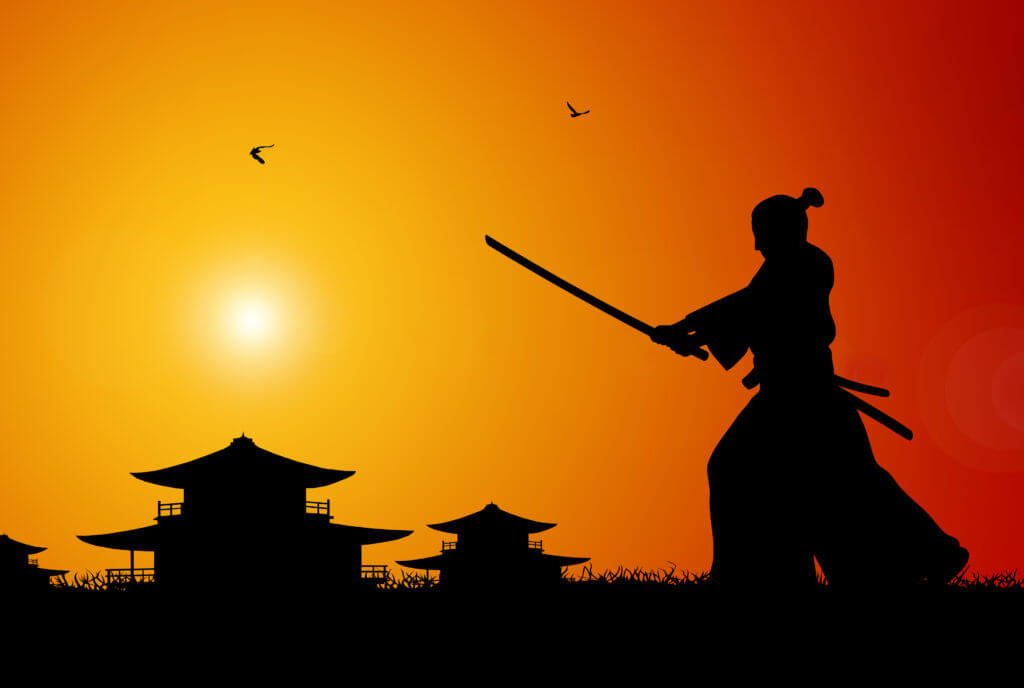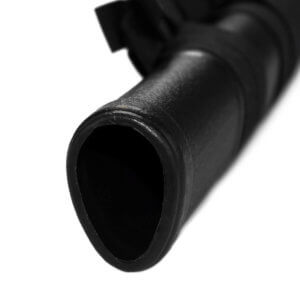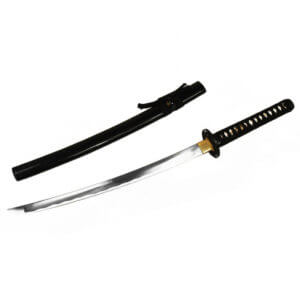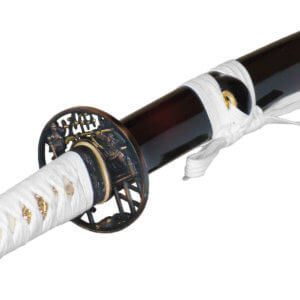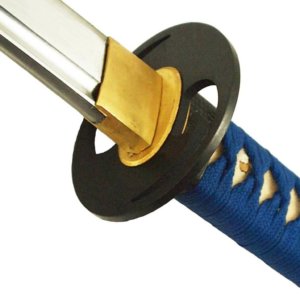Muramasa Sengo (千子 村正) is considered one of the best and most famous swordsmiths in Japan. He is usually simply called Muramasa. He lived during the Muromachi period, which lasted from the 14th to the 16th century, and founded the Muramasa school named after him. He became famous for his particularly sharp blades.
The demon Muramasa
According to legend, it was possible for the character of a swordsmith to be transferred to the blades he created. As good as Muramasa was at the art of swordsmithing, his character is said to have been just as bad. Even during his lifetime, he was considered violent, unruly and lacking in character. This is why the swords he made were once labelled "evil" and "bloodthirsty".
This reputation was strengthened by the fact that his swords were regularly involved in bloody incidents. Several friends of the shogun Tokugawa Ieyasu are said to have been killed by Muramasa swords. He himself is also said to have once cut himself with a Muramasa sword. According to legend, Muramasa swords are greedy for blood.
For this reason, the shogun forbade his samurai to use Muramasa swords when he came to power in 1603. However, this fuelled the legend of Muramasa blades all the more.
The signature on many of his blades was removed or altered, as opponents of the shogun were only too keen to get their hands on them in order to harm him. Forgeries of Muramasa blades also circulated. It is therefore sometimes difficult and controversial to precisely attribute his swords to their smith.
Because of its reputation, cursed or evil swords in Japan often bear its name. They often appear in video games and series.
Muramasa's swords
In keeping with the legend, Muramasa blades are characterised by their slightly bluish hue, which gives the swords a cool appearance when viewed.
The blade shape
The katana made by Muramasa are mostly shinogi zukuri (鎬造り) blades (blades with a burr line), whereas his wakizashi and tanto are mostly blades without a burr line, hira zukuri (平造り).
The back of the blade (Mune) of his swords are either Mitsu-Mune (三つ棟, "three-piece-mune") or Iori-mune (庵棟, "hermitage-mune").
The curvature (Sori, 反り) Most of his swords are called saki-sori (先反り) because the deepest point of the curve is in the front part of the blade.
At the Sword point (Kissaki) the following can be found with his swords Hardness pattern (Boshi):
- Midare-Komi (wavy, irregular)
- Jizo (the head form of Jizō)
- Kaeri (hardening line runs back ending on the back of the blade)
The hardening line (Hamon)
The swords crafted by Muramasa have either an irregular Hardening line or a perfectly straight one. The pattern is usually identical on both sides of the blade. The most commonly used hamon patterns are Gunome, Hako, Midare-Ba, Notare and Togari.
Muramasa and Masamune
As the two are generally regarded as the best swordsmiths in Japan in terms of craftsmanship, the swords they produced are often compared. There is also a legend that Muramasa was Masamune's pupil, but this cannot be correct as Masamune lived 300 years before Muramasa.
However, this legend is based on the story of a meeting between the two, where they compared their swords to see who had forged the better sword. You can read the whole story in our article about the Honjo Masamunethe legendary sword of Masamune.

